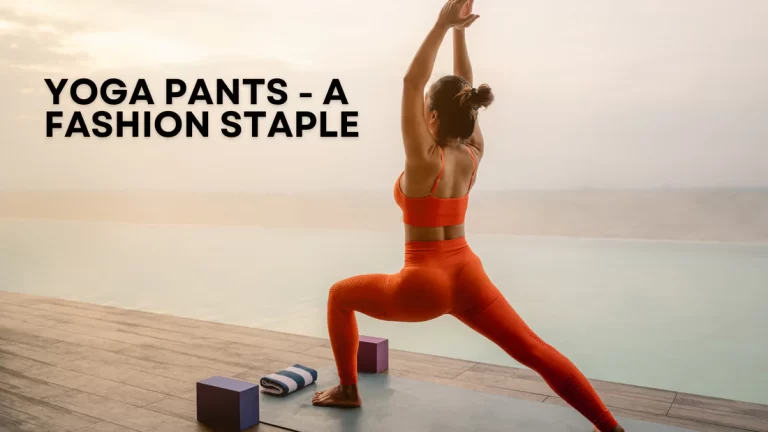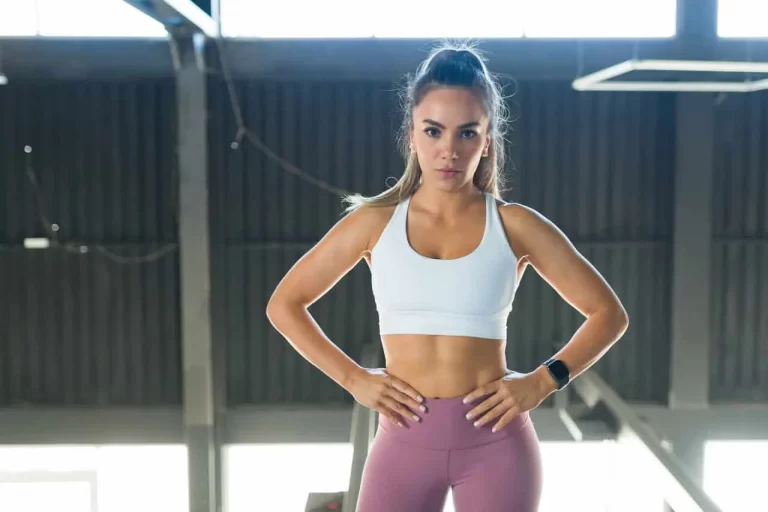Call Us At +86 17381572955
Common 20 Fabric Types in Apparel: Pros, Cons & Use Cases
Understanding fabric is understanding fashion. Whether you’re a designer, sourcing manager, or apparel brand owner, knowing the properties of different materials is essential to creating clothing that performs, feels great, and sells well. Below, we break down the pros and cons of 20 of the most commonly used fabrics in fashion and activewear–plus their best use cases, recommended blends.
Top 20 Fabrics in Apparel: Pros, Cons & Use Cases
1. Cotton
- Pros: Natural fiber, soft and breathable, moisture-absorbing, skin-friendly, eco-friendly.
- Cons: Prone to wrinkles, no elasticity, shrinks easily, size instability.
- Use Cases: T-shirts, everyday casualwear, loungewear, underwear.
- Blending Tips: Often blended with polyester or elastane for added durability and stretch. Suggested ratio: Cotton 90% + Spandex 10% for activewear.
2. Linen
- Pros: Highly breathable, cool in hot weather, anti-static.
- Cons: Low elasticity, wrinkles easily.
- Use Cases: Summer dresses, shirts, resortwear.
- Blending Tips: Blend with cotton or rayon for added softness and reduced wrinkling.
3. Silk
- Pros: Luxurious luster, breathable, soft touch.
- Cons: Delicate, easily damaged.
- Use Cases: Evening wear, lingerie, high-end fashion
- Blending Tips: Combine with spandex for stretch or cotton for softness and strength.
4. Wool
- Pros: Excellent insulation, moisture-wicking.
- Cons: Shrinks, pills, moth-prone.
- Use Cases: Coats, knitwear, suits, thermal layers.
- Blending Tips: Wool + Polyester or Acrylic to enhance durability and affordability.
5. Cashmere
- Pros: Soft, warm, luxurious.
- Cons: Expensive, delicate.
- Use Cases: Sweaters, scarves, luxury base layers.
- Blending Tips: Often blended with wool or bylon to lower cost and increase durability.
6. Acetate
- Pros: Silky texture, breathable, eco-friendly.
- Cons: Not heat-resistant
- Use Cases: Linings, dresses, formalwear.
- Blending Tips: Can be blended with polyester to enhance stability.
7. Velvet (Gold velvet)
- Pros: Rich look, soft texture.
- Cons: Prone to lint.
- Use Cases: Partywear, blazers, performance costumes.
- Blending Tips: Velvet is often a blend of polyester and spandex or silk.
8. Velour
- Pros: Plush and comfortable.
- Cons: Static-prone.
- Use Cases: Tracksuits, loungewear, stage outfits.
- Blending Tips: Typically blended with cotton and polyester.
9. Thermal Fleece
- Pros: Warm, soft, close-fitting.
- Cons: Poor breathability.
- Use Cases: Base layers, winterwear, cold-weather sportswear.
- Blending Tips: Often used with spandex or polyester.
10. Corduroy
- Pros: Durable, warm, textyred.
- Cons: Can abrade with friction.
- Use Cases: Pants, jackets, skirts.
- Blending Tips: 100% cotton or cotton-poly blends.
11. Cupro
- Pros: Breathable, silky.
- Cons: Weak tensile strength.
- Use Cases: Blouses, linings, sustainable fashion.
- Blending Tips: Combine with viscose or polyester.
12. Organza
- Pros: Sheer, structured.
- Cons: Stiff texture.
- Use Cases: Bridal wear, evening gowns, overlays.
- Blending Tips: Polyester-based organza is most common.
13. Modal
- Pros: Soft, stretchy, breathable.
- Cons: Prone to pilling.
- Use Cases: Activewear, innerwear, sleepwear.
- Blending Tips: Modal + Spandex (90/10) for stretch and softness.
14. Bamboo Fiber
- Pros: Antibacterial, UV-resistant.
- Cons: Low tensile strength.
- Use Cases: Eco loungewear, underwear, T-shirts.
- Blending Tips: Bamboo + Cotton or Bamboo + Spandex.
15. Spandex (Elastane)
- Pros: Super stretchable.
- Cons: Needs to be blended.
- Use Cases: Leggings, sports bras, shapewear.
- Blending Tips: 5-20% spandex in blends provides ideal elasticity.
16. Denim
- Pros: Rugged, classic.
- Cons: Not breathable.
- Use Cases: Jeans, jackets, skirts.
- Blending Tips: Denim + Spandex for stretch jeans.
17. Tencel
- Pros: Soft, breathable, eco-friendly.
- Cons: Wrinkles in humidity.
- Use Cases: T-shirts, dresses, yoga wear.
- Blending Tips: Blends well with cotton, modal, or spandex.
18. Chiffon
- Pros: Airy, elegant.
- Cons: Weak durability.
- Use Cases: Blouses, dresses, scarves.
- Blending Tips: Polyester chiffon is common for better strength.
19. Polyester
- Pros: Strong, affordable.
- Cons: Poor breathability.
- Use Cases: Outerwear, fast fashion, linings.
- Blending Tips: Poly-cotton blends are very common.
20. Nylon
- Pros: High durability.
- Cons: Static, poor air flow.
- Use Cases: Activewear, swimwear, outerwear.
- Blending Tips: Nylon + Spandex is a classic performance blend.
Suggested Fabric Use by Category
| Clothing Purpose | Recommended Fabric Types |
| Activewear / Yoga | Nylon, Spandex, Modal, Bamboo Fiber, Tencel |
| Business Casual | Cotton, Tencel, Cupro, Thermal Fleece, Organza |
| Winterwear | Wool, Cashmere, Corduroy, Velvet |
| Summer Fashion | Chiffon, Silk, Bamboo Fiber, Linen |
Final Thoughts
Choosing the right fabric is as important as the design itself. Whether you’re optimizing for comfort, performance, or aesthetics, every fiber tells a story. Understanding each material’s strengths and limitations helps ensure that your product not only looks good — but wears well, feels great, and performs for the intended use.
At CozyActive, we specialize in custom activewear manufacturing using certified fabrics and advanced textile blends. Whether you’re building a new collection or refining an existing one, we help brands select the most suitable materials for functionality, aesthetics, and market positioning.
Contact us to request a free consultation or get our full material catalog.
Visit our website: www.cozyactive.com or message us directly here on LinkedIn.
Let fabric work for your brand.



